Tires are one of the most important parts of a vehicle, and they need to be in good condition to ensure a smooth ride. Unfortunately, tires can go flat for a variety of reasons, and it’s important to know how long it takes for a tire to deflate.
The average tire will lose about one PSI per month, so if a tire is inflated to 30 PSI, it will be down to 29 PSI after a month. However, there are a number of factors that can affect how quickly a tire loses air. For example, if a tire is regularly exposed to hot temperatures, it will lose air more quickly.
If a tire goes flat, it’s important to get it fixed as soon as possible. Driving on a flat tire can damage the tire and the wheel, and it’s not safe. It’s also a good idea to check your tires regularly to make sure they’re properly inflated.
It usually takes months to deflate a tire in order to avoid damage to the tube. Slow leaks can take hours to fix. If the tube deflates in less than 30 seconds while riding, you will not hear it; however, if it does, you may hear it when riding the bike. Those little holes require higher pressure to open than with a tube outside the tire. The tire should be removed, the thorns in the tire should be thoroughly checked, and the tube should be replaced with a new one. If the problem persists, you are currently under the influence of a bad bike tube. When applied properly, the patches on the tube last for a long time.
If the vulcanizing liquid has old-fashioned patches, it never spoils the paint. If bubbles appear, the valve should be cleaned and sealed before being re-tightening. If the problem is not solved with a different tube or valve, the tube or valve must be replaced.
Credit: sgscooters.co
It takes a tire about an hour to deflate after being punctured. The amount of time it takes for a tire to deflate depends on the size of the puncture and the amount of air that is in the tire. If the puncture is small, the tire will deflate slowly.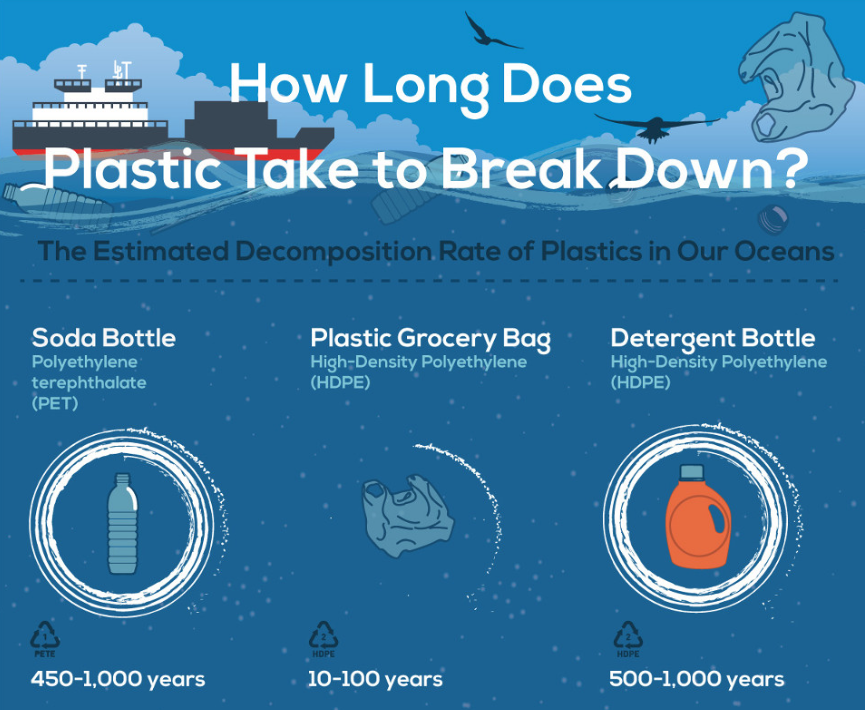 If the puncture is large, the tire will deflate quickly.
If the puncture is large, the tire will deflate quickly.
Air loss can be quite high depending on the type and design of the plane. Air loss in most cases is only between 1-3 psi per month. However, it is possible that a tire will begin to wear out too slowly and require the replacement sooner than usual. You should check your tire’s manufacturer’s specifications to determine how fast or how far you can drive your flat. Even after a loss, Bridgestone run-flat tires provide continuous performance. You don’t have to run over a nail to flatten your tire because it’ll flatten it in seconds. Tires lose air due to a variety of factors, including cracks in the tread or sharp road blades that may puncture the tires. Slow leaks are also possible due to poor tire maintenance and driving conditions. The tire can be installed with either a valve stem or the wheel from which it is installed.
The risk of a tire being damaged by running over an object is greater than the risk of falling. A small nail can cause a leak of two to three PSI per week if it punctures a tire and then falls out.
A small nail can cause a leak of two to three PSI per week if it punctures a tire and then falls out.
It is recommended that a tire patch be repaired every two to three years, but it can last for a long time. When a tire is punctured more than once, it is best to replace it.
It is possible that your tires lose air due to a hole in the tread, a nail or a sharp object in the road. A hole in the sidewall, possibly caused by a sharp encounter on the road, is known as a road-related hole. A poor seal is one where the tire attaches to the wheel, allowing air to escape.
Credit: blogspot.com
There is no guarantee that after plugging a tire, it will not fail; it could take anywhere from 7-10 years to repair a tire, but no one can be sure. Even if the wheel must be moved in an emergency, it would be a good idea to plug it in.
How long can I drive a car with only a quarter inch nail sticking out of the tire? The procedure can take anywhere from two to four days depending on the nail and location.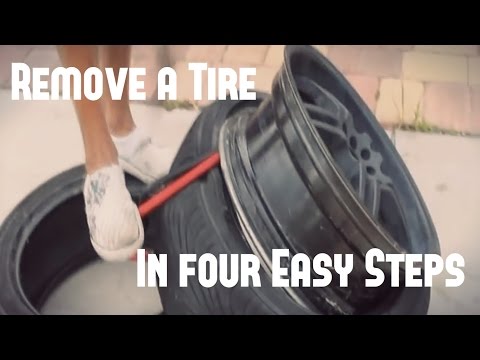 A large nail will penetrate the tire’s interior more deeply than a small nail. If your tire is leaking air due to a nail or screw, you may need to take it to a tire shop. It is not necessary to repair a tire that has a nail, bulge, or puncture in the sidewall. If you’re comfortable plugging a tire, you can also use a tire plug kit. If you purchase tire insurance, you are not limited by the risk of having a nail in your tire.
A large nail will penetrate the tire’s interior more deeply than a small nail. If your tire is leaking air due to a nail or screw, you may need to take it to a tire shop. It is not necessary to repair a tire that has a nail, bulge, or puncture in the sidewall. If you’re comfortable plugging a tire, you can also use a tire plug kit. If you purchase tire insurance, you are not limited by the risk of having a nail in your tire.
If you notice a nail in your tire, immediately remove it. A nail in your tire can be extremely dangerous and cause you to brake violently for an extended period of time. It is critical to keep a seal and ensure that the plug has been properly installed in order for it to last ten years or more.
If you push the nail into the tire, the air pressure inside can become too high, posing a danger. It is also important to remove any nails that may damage your tire as soon as possible. When the tire is flat, it usually takes a few hours, depending on the size and depth of the nail.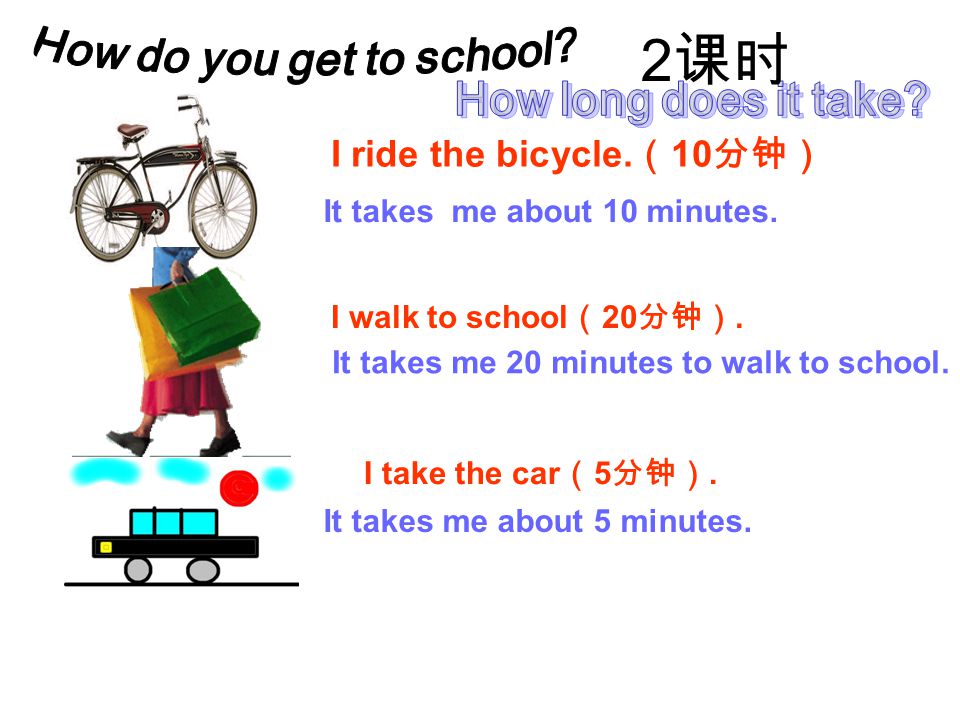
Credit: blog.buyanycarparts.com
A slashed tire will take anywhere from a few seconds to a few minutes to deflate, depending on the size of the slash and the type of tire. A small slash in a thin tire will deflate very quickly, while a large slash in a thick tire will take longer to deflate.
Slashing a tire is not as difficult as you might think. To poke the tire’s surface, use a sharp object. Depending on the tool used, you should expect a tire to deflate in seconds or a few hours. How can one cut a tire? Here is Part 1 of the Slash Tires video series. It is very simple and discreet. A tire may flat due to a hole, but it is not always the result of a hole in the rubber.
When a valve stem leak occurs, it is usually due to a malfunction or a malfunction. It is only possible to repair a tire slash that has been embedded in the tread. If you have it on the side of your tire, you should replace it. If you want to slash three of someone else’s tires, don’t slash all four; only slash three because their insurance will pay for them. Why don’t tires crack or turn flat during cold weather? When the air temperature drops by 10 F, tire pressure falls by about one pound per square inch.
If you want to slash three of someone else’s tires, don’t slash all four; only slash three because their insurance will pay for them. Why don’t tires crack or turn flat during cold weather? When the air temperature drops by 10 F, tire pressure falls by about one pound per square inch.
If you are wondering when tires should get flat, the answer may surprise you. According to an analysis conducted byEdmunds, leaving a car parked for a month or less may be sufficient to cause severe tire spotting.
These tires have reinforced sidewalls and cutting-edge bead technology, making them suitable for driving at speeds of up to 50 miles per hour after a puncture and up to 50 miles per hour after a flat.
Any act of intentionally destroying, altering, or defacing a property without the owner’s permission is considered criminal mischief, and the consequences can range from fines to jail time.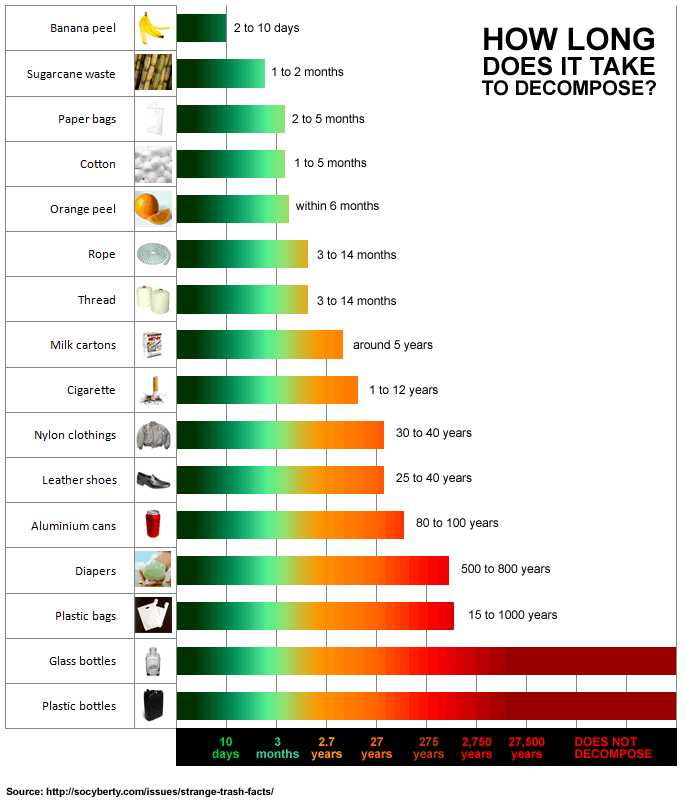 Someone would most likely slash someone’s tire if they did so.
Someone would most likely slash someone’s tire if they did so.
The average tire rotation time is about 15 minutes. If you add additional services to this, it could take about an hour. During this service, the technician will adjust your tires based on how well they are performing.
Tires must be serviced as part of a proper car care routine. The rotation of your car’s tires involves rotating them so that one part of the tire contacts the road and feels friction. The cost of rotating your tires is frequently less than $100, but make sure your tire repair technician can provide you with the exact estimate. A tire rotation entails moving the tires on your car around to allow for friction between the two wheels of your tires. A tire rotation can usually be completed for less than $100, but you should ask your tire repair technician for a more precise estimate. Tires can be significantly extended in this manner, resulting in significant savings.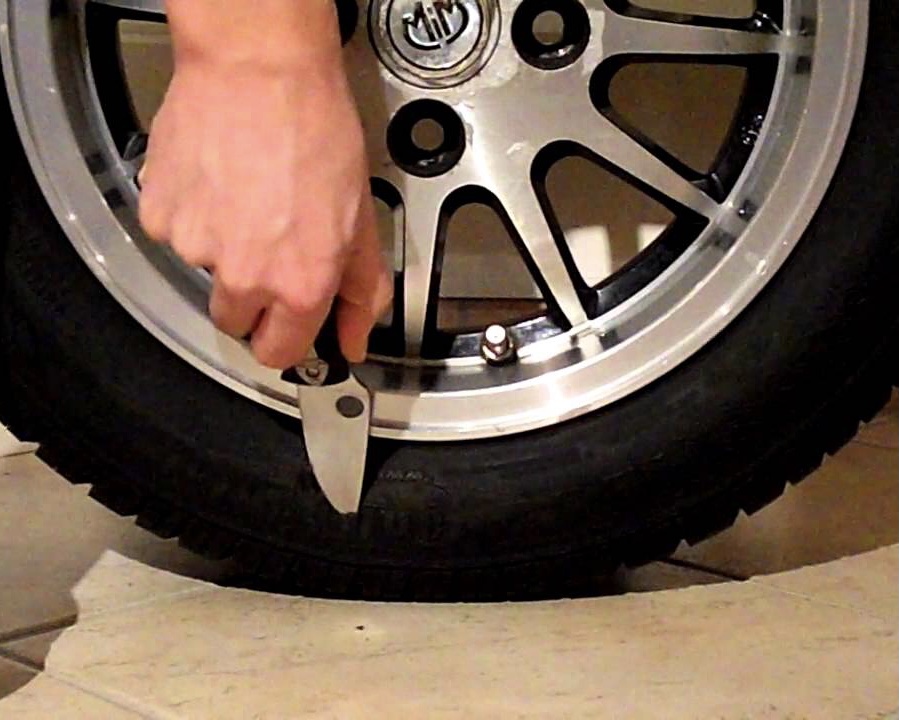
A tire rotation takes about 30 to 45 minutes at our dealership on average. In general, rotate your tires once a year–every 5,000 miles or so–and then change your oil.
Tires are an important part of the vehicle, so it’s a good idea to keep them in good condition. A tire rotation can cost anywhere from $24 to $50, but it is important to remember that this figure can be affected by where you go and what other services you may require. You can save time and money by having an alignment performed at the same time as your tire rotation.
Tires wear down as a result of friction from the road, but it is usually only on the outskirts of the road. When a tire is rotated, it can be reduced in wear on one spot and given to a different part of the tire, increasing the life of the tire.
It’s always a good idea to rotate your tires on a regular basis. You can improve the performance and longevity of your vehicle by performing this. The best thing you can do for your tires is to replace them every 5,000 miles, but it is a decision that is determined by your vehicle, driving style, and tire type. We rotate tires every 30 minutes at Firestone, replace an oil filter every 30 minutes, and pour up to 5 quarts of Kendall GT-1 oil into a standard oil tube. The synthetic blend motor oil is used in engines to power them. Your tires are properly oiled and your car is in good working order.
You can improve the performance and longevity of your vehicle by performing this. The best thing you can do for your tires is to replace them every 5,000 miles, but it is a decision that is determined by your vehicle, driving style, and tire type. We rotate tires every 30 minutes at Firestone, replace an oil filter every 30 minutes, and pour up to 5 quarts of Kendall GT-1 oil into a standard oil tube. The synthetic blend motor oil is used in engines to power them. Your tires are properly oiled and your car is in good working order.
The work you perform on your engine and tires will extend the life of your vehicle. How long does it take an oil change? It will take about 30 minutes for it to be assembled and delivered to your local shop. You’ll need to do it alone for about an hour.
A mechanic or a car dealership can balance your car’s wheels. When it comes to wheel balancing, it is usually done by an independent service rather than by a mechanic.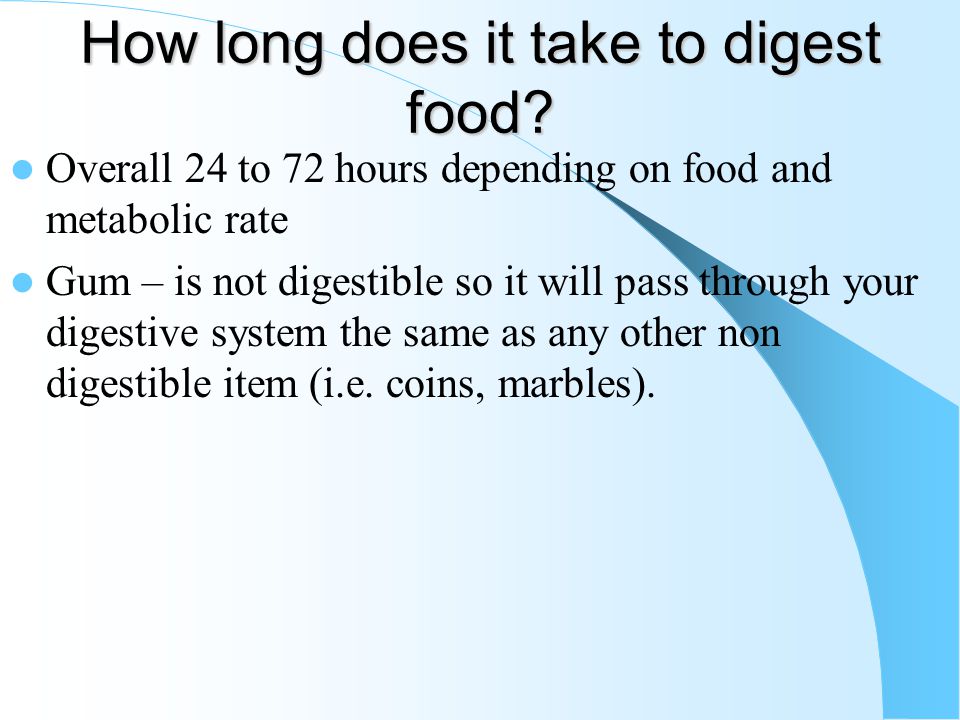 The wheels of up to four tires can be balanced at the same time during wheel balancing services. Wheel balancing typically takes 45 minutes to two hours to complete. When a tire is over 30 years old, it is most commonly recommended that it be filled with wheel balancing services. It may be easier to balance newer tires that have only had minor imbalances during shipping and storage.
The wheels of up to four tires can be balanced at the same time during wheel balancing services. Wheel balancing typically takes 45 minutes to two hours to complete. When a tire is over 30 years old, it is most commonly recommended that it be filled with wheel balancing services. It may be easier to balance newer tires that have only had minor imbalances during shipping and storage.
Underinflated tires can cause a number of problems for a vehicle. They can cause the vehicle to have reduced fuel efficiency, as well as increased wear and tear on the tires. They can also make the vehicle more difficult to handle, and can increase the risk of a tire blowout.
When a car tire is underinflated, the road becomes more frictional as a larger area of the tire comes into contact with it. As a result, overheating causes tire tread separation, premature wear, and even tire blowing.
You should check the PSI (Pounds per Square Inch) level of your tires to avoid this happening.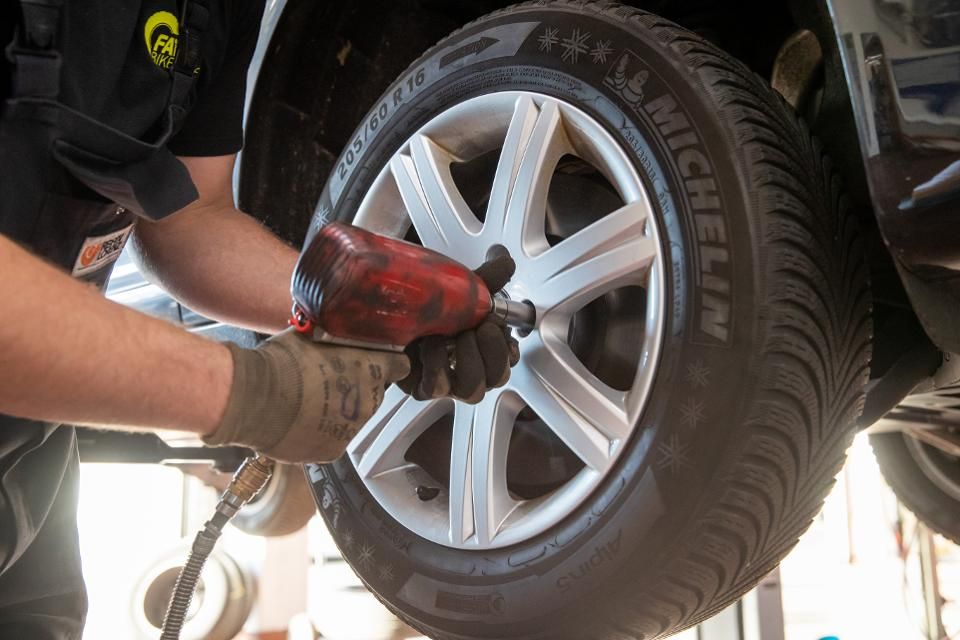 When your tires are under inflated, you must inflate them to the proper level.
When your tires are under inflated, you must inflate them to the proper level.
When you’re driving, the sound of a whomp-whomp is the best indicator of whether or not your tires are under inflated. If it sounds like a flat tire, you should check it out. If your tires are under inflated, they may also flop around when you drive.
It is critical to inflate your tires to the proper level in order for them to function properly. Tires with an underinflated tread may cause a lot of damage, so it is critical to have them repaired as soon as possible.
A tire in a car has a slow leak, and there is a small hole through which air escapes.
Slow leak is the definition of today’s Daily Word of the Day. Which are some commonly misspelled words? Every day, we challenge crossword solvers to solve a crossword puzzle. What you are wearing this morning? Your sleeves should be rolled up and the garments labeled. Take the quiz and answer all of the questions. Animal Name: Volume 2.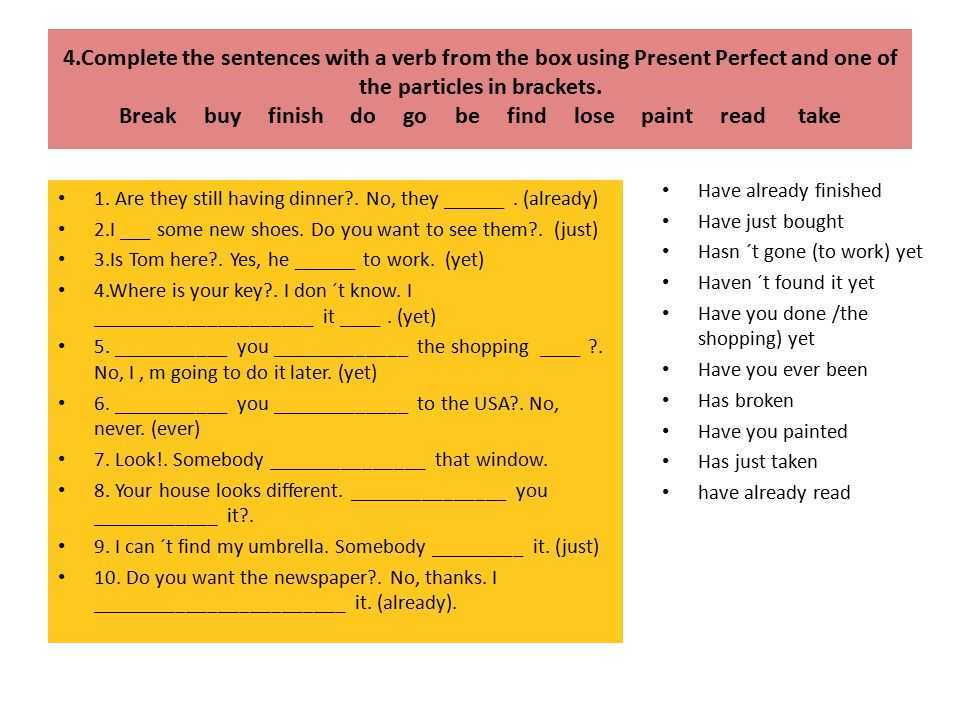
If you just noticed a nail in your tire and you’re starting to panic, take a deep breath. I’ve been in a similar situation a number of times, and I can assure you that everything will be fine. In this guide, I’ll offer you the advice you need.
There are a few factors that determine how long you can drive with a nail in your tire before it goes flat. If the nail is small, in the center of your tread, and the weather isn’t very hot, then you might be able to go a few days before you need to fill your tire. If the hole is large, near the sidewall, and it’s hot outside, you might just have a few hours or a day before your tire goes flat.
I’ll be talking about flat tires due to nails. More specifically, how long it takes a tire with a nail to go flat if it’s safe to keep driving, and what you should do. Let’s start with a quick definition.
Before answering the question, I should explain how your tire works.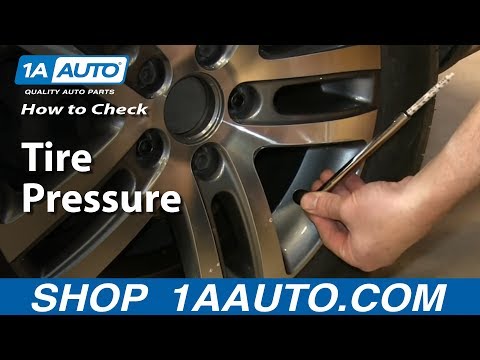 The tire is a piece of rubber that has some other materials and webbing inside to keep it strong and leak-proof. The rubber tire gets affixed to a metal wheel, and together they make a sealed tube for air to fill.
The tire is a piece of rubber that has some other materials and webbing inside to keep it strong and leak-proof. The rubber tire gets affixed to a metal wheel, and together they make a sealed tube for air to fill.
When you put air in your tires, you increase the pressure of the air inside of the tire. This is only possible if the assembly is sealed and leak-proof.
Once you hit a certain pressure, the tread of your tire is perfectly flat, and you’re ready to start driving. For reference, your manufacturer’s suggested air pressure is posted on a sticker in the door jamb of your driver’s door.
Just to reiterate, this process only works when everything is sealed.
Once a nail punctures a tire, the assembly is not sealed anymore. Suddenly, there’s a gap for air to escape through.
This is where some people get confused. If a nail is stuck in a tire, doesn’t that mean that the hole is technically filled with the nail? Not at all. In fact, air will rush around the nail through tiny channels and cracks while the nail is still stuck.
In fact, air will rush around the nail through tiny channels and cracks while the nail is still stuck.
Once removed, the leaking air becomes more obvious. However, if you lean close to your tire while your car is on the ground, you might even hear the air hissing from the puncture spot. For a better indicator, fill up a spray bottle with water and dish soap and spray the nail.
The area around the nail is going to bubble like crazy, which is proof that air is escaping from the hole.
Over enough time, you’ll notice that your tire is too flat to drive on. If you get a flat at home, follow this guide to quickly fix your situation.
Even with enough pressure, it’s not advisable to keep a nail in your tire while you drive around. It has to do with a few key downsides of having a nail in your tire:
Above everything else, you’re continuously leaking air when a nail is in your tire. Even though it might be a slow leak, you’ll have to keep refilling your tires every so often.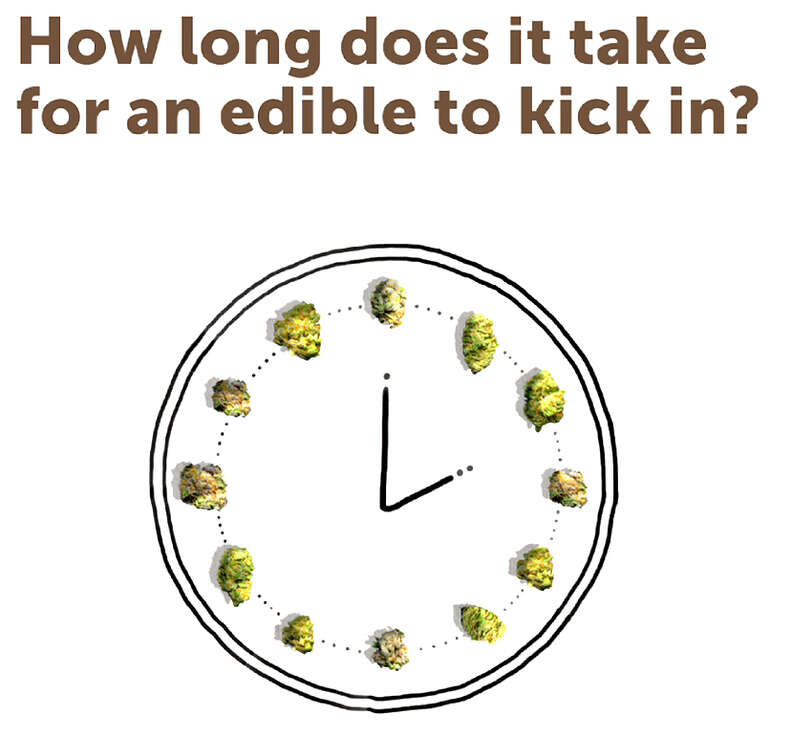
Not only is this inconvenient, but it’s a waste of time. It might make you late to work a few mornings, especially when it’s very hot in the morning.
Imagine this from the nail’s perspective. Since it’s sitting on your car’s tread, it keeps getting jostled and pushed every rotation of the tire. As the rubber comes in contact with the road, the nail is experiencing more force.
Every rotation makes the hole even worse. I’ve had cars in the past where the nail dislodged itself over time and left a nasty, nonsymmetric hole in the tire from all the extra force of driving.
If you want to quickly plug the hole and have the best chance of saving your tire, you need to remove the nail as soon as possible.
With a bigger and worse puncture hole, your tire will lose air even faster and you have a higher chance of a blowout.
In my opinion, a tire blowout is one of the scariest things that can happen while you’re driving. It’s when your tire suddenly explodes and rips away from your car.
It’s when your tire suddenly explodes and rips away from your car.
If you’ve noticed strips of rubber on the side of the highway, that’s the residue that’s left over from a blowout.
Blowouts happen when the walls of your tire are compromised. You’ll typically get some warning signs before like cracks, bulges, and discoloration in your tire.
When you have a puncture, the geometry of your tire shifts and it becomes compromised. As the air pressure is held steady, extra force is pushing against already compromised areas of rubber.
Add speed to the equation, and things get much worse. At the end of the day, keeping a nail in your tire puts you at a bigger risk of experiencing a tire blowout.
If you want a general answer, it typically takes a few days for the tire to go flat. As the location of the puncture becomes less ideal, the size gets bigger, and the outside temperature is higher, that answer can shrink down to just a few hours or a day.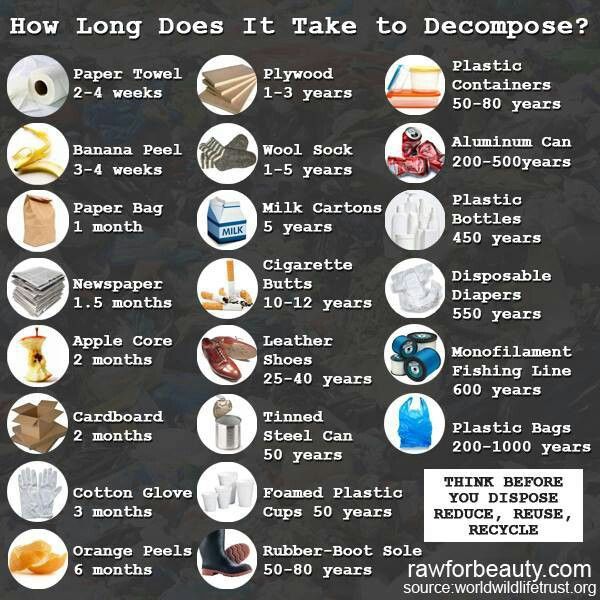
I recommend not waiting to remove a nail from a car tire try to remove it as soon as possible. As I just mentioned, it can cause a blowout or completely ruin your tire.
If your question is just coming from a place of curiosity and you wonder how long you have before your tire will be flat, then the answer is a bit broader.
Speaking from experience, the timeframe can vary depending on the location and size of the nail. I had a car with a small 16 gauge finishing nail in the center of the tread that I didn’t notice for weeks. Another time, a large roofing nail punctured my tire near the sidewall, and it was flat within a day.
In both cases, I knew exactly when I ran over the nail, and they were both due to home construction near my house.
It’s not safe at all to drive with a nail in your tire. It can lead to blowouts and can strand you with a flat tire as you run errands. Instead, you should replace your tire or plug the hole as soon as you notice the nail.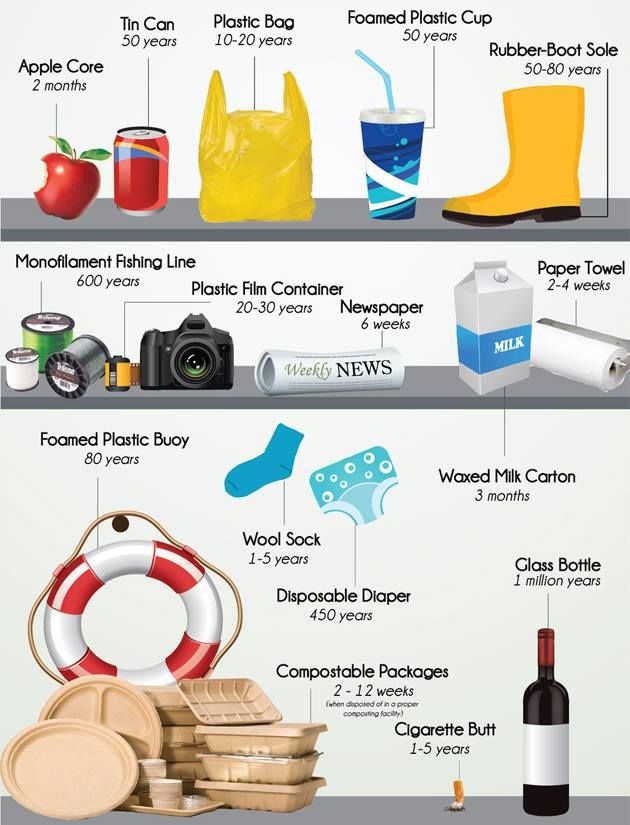
If you’re away from your house, I would suggest changing your flat tire and putting your spare on until you get home or driving to the closest tire shop.
Let’s suppose your tire is flat again after refilling it a few days ago. This section will help you find a puncture or nail so you can remove it and fix the hole.
Some people’s first instinct is to remove the tire so they can find the hole. While this works for finding a nail, it won’t help you locate small holes in the rubber that are leaking air.
Instead, keep the tire installed on the car. By doing this, you’re forcing the weight of your car on each of the tires. This increases the force and pressure that your tire sees. As a result, the air will leak faster, and you’ll have a better shot of spotting it.
Kneel down close to your tire and put your ear near the rubber. Take a second and really listen. In my experience, air escaping from a tire has a distinct hissing noise that you might only hear when you’re close enough.
If you hear air rushing, then you know that there’s a puncture somewhere in your tire.
Now you can finally locate the hole. Grab a spray bottle and fill it with warm water and a little bit of dish soap. Shake up the bottle to ensure it’s mixed well.
Take the spray bottle to your car and give it a generous spray around your tire. Wait a few seconds and then take a look with a flashlight to look for any bubbling.
If air is escaping, it will make a lot of bubbles in the dish soap solution due to the low surface tension. If you see bubbles, then you just found the puncture.
Alternatively, you can just look for a shiny piece of metal in your tire. Personally, I like to shine a flashlight on the wheel well and look for the head of the metal nail.
At this point, some people might prefer to take off the tire so they can easily rotate it around and spot the tire. That’s a perfectly reasonable way to find the nail, and it also sets you up nicely to patch the hole once you find it.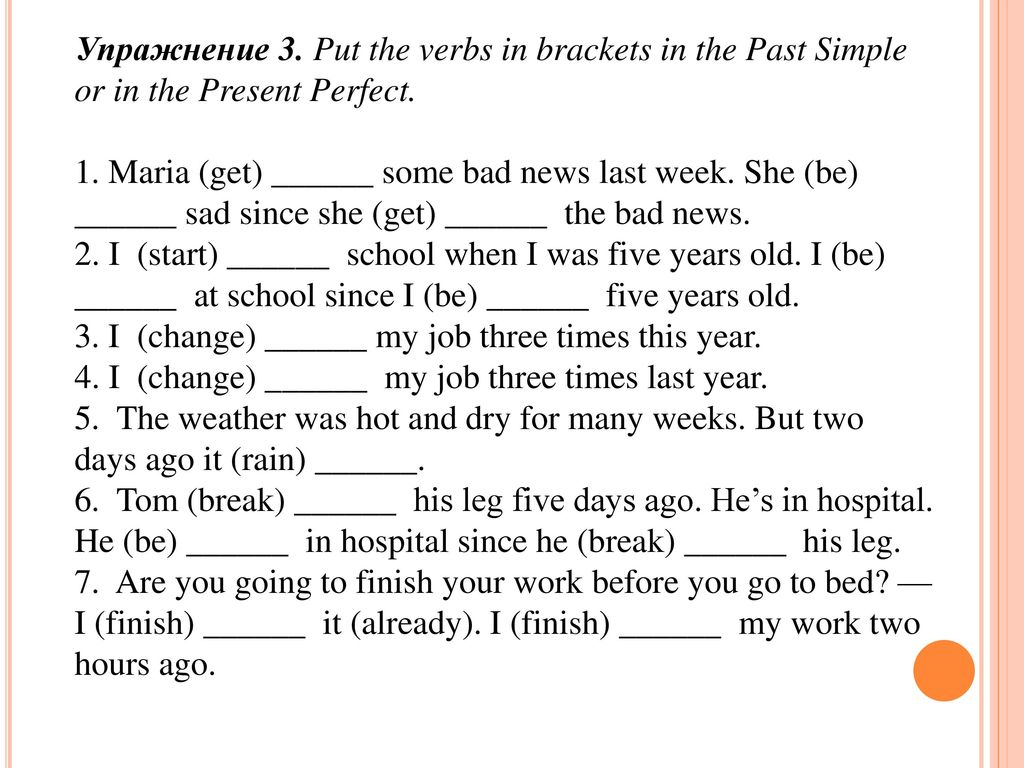
As you just learned, it might take a few hours or a few days for a tire with a nail in it to go flat. I should also reiterate that it’s an unsafe driving condition and you should repair your tire as soon as you notice the nail.
If you have more car questions, explore my blog. I have how-tos, instructions, and guides that should help you through owning, troubleshooting, and maintaining your car. Also, check out my helpful list of recommended products.
Your subscription could not be saved. Please try again.
Welcome to Motor Hills!
The absence of a spare wheel or a standard "roll-in" seriously complicates the situation. If the driver has the skills, you can put a temporary patch on the puncture, otherwise you will have to order a tow truck.
We recommend carrying a spare wheel, a repair kit for various occasions, the necessary tools, then you can get out of any traffic situation with dignity. If all this is not there, then you can drive on punched rubber a short distance to a service station or tire fitting. We are not talking about hundreds of kilometers of travel, we are talking about a short distance.
Leakage of air from a car tire can occur in different situations. At the same time, punching is not necessary, there are other unforeseen and unpleasant situations. Most common:
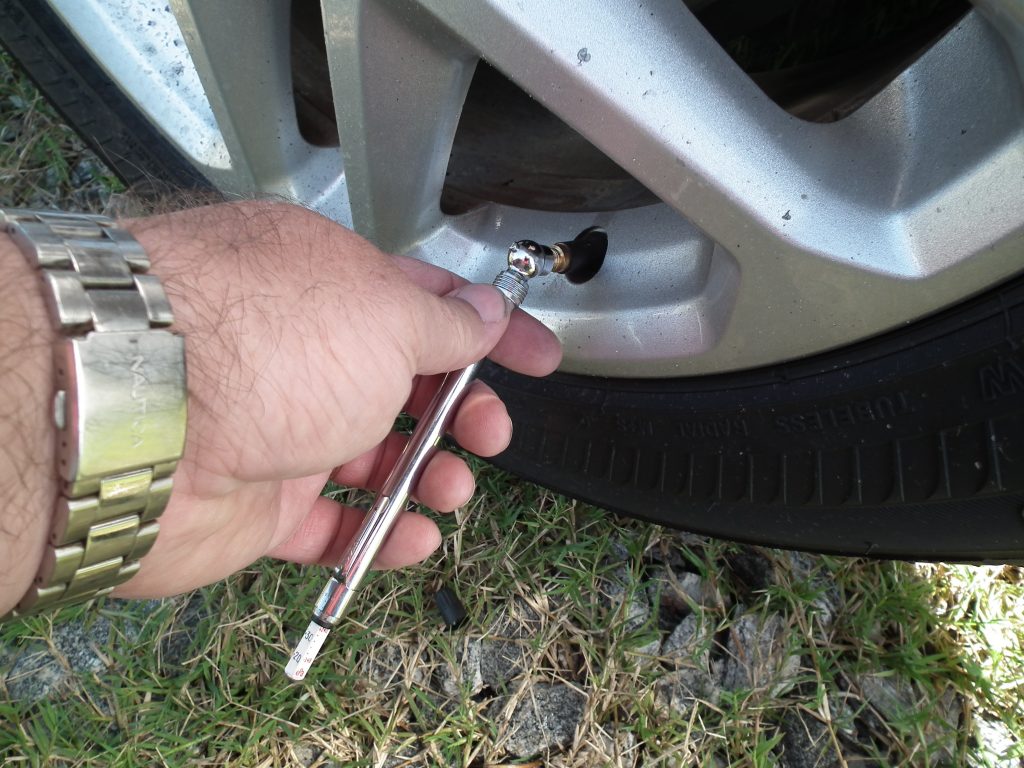
Potholes or bumps in the road can be a serious problem. Hitting such an obstacle at high speed can lead to deformation of the car disk, subsequently to damage to the rubber. Very serious damage, which is impossible to fix on your own, without the use of special equipment, you need to go to a tire service.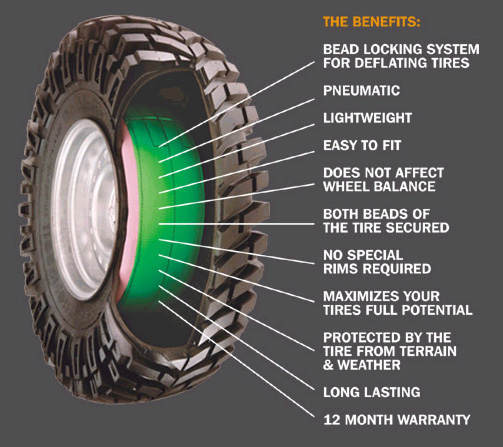
Use of used car tires - adhere to manufacturer's specified service life. Otherwise, the wheel may deflate due to high wear. There is a risk of explosion directly during operation.
Problems exist with tubeless tires - the fitting sometimes does not fit well on the disc, air leaks.
The main causes that lead to damage to car tires and air leakage are indicated. Whether it is possible to drive on a flat tire is determined by the driver himself, taking into account his experience and capabilities.
Driving with a flat tire is not recommended. Driving a car is significantly more difficult, there is a risk of getting into an accident, creating a threat to other road users.
Among the main problems that can lead to driving with low tire pressure are:
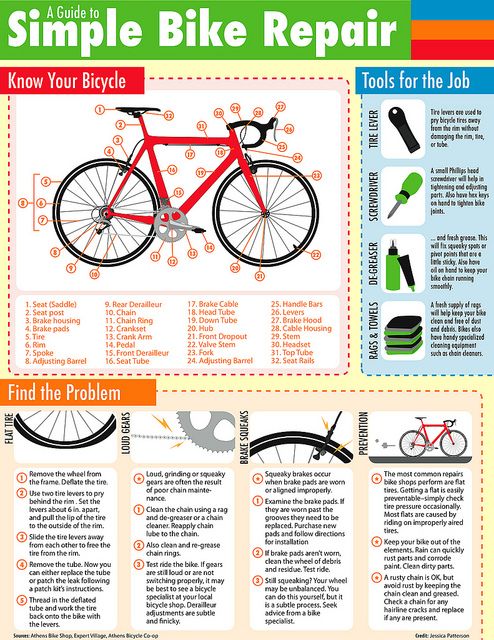
A flat tire is a serious hazard. Each driver must understand this and take all necessary measures to eliminate the problem. In no case should a puncture be ignored, at high speed the situation can completely get out of control. The ideal would be to replace the wheel with a spare, repair at the nearest tire shop.
A car tire is a complex system. Consists of different elements. Manufacturers use special technologies and materials to provide the declared driving characteristics of the car. The special pattern on the main part of the tire has its own functionality, and does not serve solely for beauty. Any deviation from the norm leads to a decrease in the functionality of the tire, respectively, the car loses its qualities. Its use becomes unsafe until the problem is solved.
Summer Drive Protection Sound Comfort
Rating:
4.5
Tires Goodyear Eagle F1 Asymmetric 3 SUV
Summer Drive protection
Rating:
4.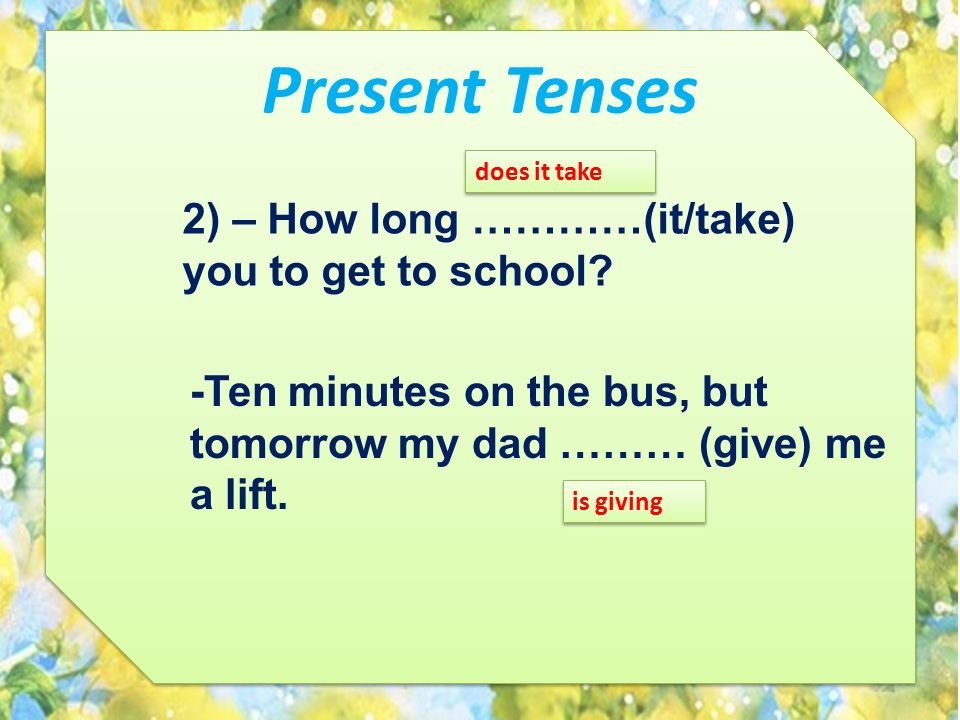 5
5
Tires Goodyear Eagle Sport TZ
Summer Drive protection
Rating:
4.5
Tires Goodyear EfficientGrip 2 SUV
Summer Drive Protection Run On Flat
Rating:
4.5
Tires Goodyear EfficientGrip Performance
Winter Drive protection
Tires Goodyear UltraGrip Arctic 2 SUV
Winter Drive Protection Sound Comfort
Rating:
4. 5
5
Tires Goodyear UltraGrip Ice 2
Winter Drive Protection Sound Comfort
Rating:
4.5
Tires Goodyear UltraGrip Ice SUV
Winter Drive protection
Tires Goodyear UltraGrip Performance+ SUV
All season Drive protection
Rating:
5
Tires Goodyear Vector 4Seasons Gen-3 SUV
Summer Drive Protection Run On Flat
Rating:
4
Tires Goodyear Wrangler HP All Weather
All season Drive protection
Rating:
4. 5
5
Tires Goodyear Vector 4Seasons
Summer
Rating:
4.5
Tires Goodyear Wrangler All-Terrain Adventure with Kevlar
Summer Drive protection
Rating:
4.5
Tires Goodyear EfficientGrip SUV
Summer Drive Protection Run On Flat
Rating:
4
Tires Goodyear Eagle F1 Asymmetric SUV
It is worth noting that under no circumstances should you drive with a completely flat tire. The situation can get out of control of the driver at any time, the tire will fly off the disk, he will receive damage that will lead to new problems. It's best to call a tow truck, no matter the cost.
The situation can get out of control of the driver at any time, the tire will fly off the disk, he will receive damage that will lead to new problems. It's best to call a tow truck, no matter the cost.
An exception to the rule may be a tire in which some air is still left. You can try to get to a service station or tire fitting. You can also try to inflate the tire to give yourself more time.
Low pressure driving is possible subject to the following rules:
The average distance allowed to drive with a half-flat tire is 10 kilometers. This is only allowed if the above rules are observed.
Delays in dealing with low tire pressure, punctures or other damage will result in negative consequences. There may be problems with the operation of the following systems:
There may be problems with the operation of the following systems:
A vehicle with flat tires is a hazard to other road users and its driving characteristics are affected.
It must be understood that movement with insufficient pressure leads to deformation of the rubber. You run the risk of completely damaging the tire, subsequently replacing it with a new one. Therefore, the decision to drive on half-flat tires must be made carefully, carefully evaluate all the consequences and alternatives. For example, estimate the cost of replacing, repairing other damage with the price of a tow truck or calling a mobile tire fitting team.
For example, estimate the cost of replacing, repairing other damage with the price of a tow truck or calling a mobile tire fitting team.
The maximum speed on a car with a half-flat tire depends solely on the characteristics of the tires, the type of vehicle, and other nuances. When accelerating to a speed of more than 30 km / h, complete disassembly is possible, the tire flies off the disk.
We recommend that you have a spare wheel with you, which is supplied with the car by the manufacturer, a repair kit. You will be able to revive the wheel for a while, it will not deflate and it will be possible to get to the tire fitting.
A self-tapping screw or a sharp stone lying on the road can cause a lot of trouble for the driver. After reading this article, you will have a ready-made sequence of actions to take if you have a flat tire.
If for an experienced driver a wheel puncture is just a small nuisance that takes half an hour to set up a spare tire, then a novice, faced with a similar problem for the first time, will definitely be confused.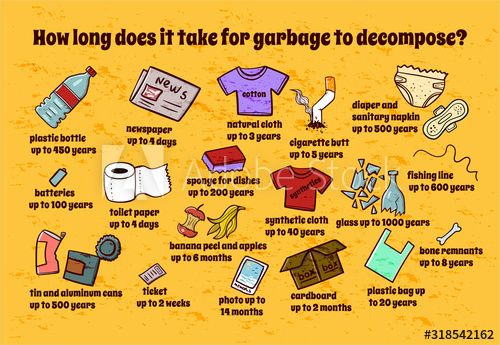 Indeed, many questions will immediately arise in his head: “what to do now?”, “How to replace the wheel on your own?” and “can I get to the car service on a flat tire?”. Therefore, we will deal with the situation in order.
Indeed, many questions will immediately arise in his head: “what to do now?”, “How to replace the wheel on your own?” and “can I get to the car service on a flat tire?”. Therefore, we will deal with the situation in order.
Tires with and without tubes
There can be many reasons for a flat tire. If you have a chamber wheel (that is, a chamber is inserted into the tire, which was actually inflated), then it is rather unfortunate to run into a sharp object, and the tire will go down in a matter of minutes. Imagine if this happens at speed... That's why most automakers fit their cars with safer tubeless tires. Drivers drive such cars for months with a screw in the wheel and do not notice it.
The fact is that there is no separate chamber inside tubeless tires, and the pressure is maintained due to the tight fit of the tire beads to the disc. In the event of a puncture, a tubeless wheel will bleed air much more slowly. Of course, if the self-tapping screw (or something else) remains at the puncture site.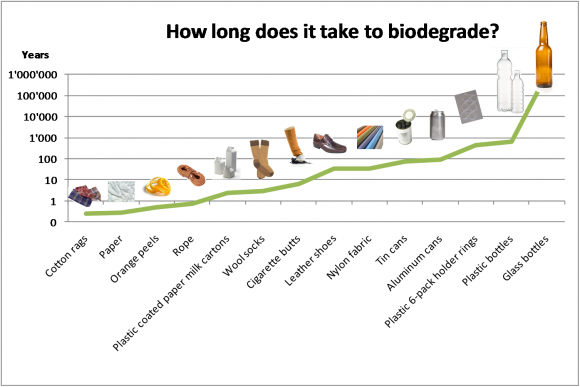 A special viscous solution is applied inside the tubeless tire, which is glued to the self-tapping screw, “closing the hole”, and does not allow air to leave the wheel.
A special viscous solution is applied inside the tubeless tire, which is glued to the self-tapping screw, “closing the hole”, and does not allow air to leave the wheel.
Four causes of "baiting" air in the wheel
There are many reasons for letting air out of a tubeless tire. This is not only a puncture or breakage of the spool (this is a valve located in the nipple that regulates the passage of air during inflation), as is the case with a chambered wheel, but also a side cut or peeling of the tire from the disk.
1. Tread puncture
Perhaps the most common cause of a flat tire is a puncture. Nails, pieces of wire or other metal objects, unfortunately, are far from rare "guests" on the roads. What can we say about the sharp pebbles found here and there on a country road ...
In most cases, metal objects get stuck in the tread. And this is good! Firstly, the self-tapping screw is not difficult to notice, thereby establishing the puncture site. Definitely harder to find an empty hole. Secondly, the object remaining in the tire inhibits the release of air from the wheel.
Definitely harder to find an empty hole. Secondly, the object remaining in the tire inhibits the release of air from the wheel.
Many will be surprised, but it is better not to pull a protruding foreign object out of the tread. If the puncture is small, this will allow you to get to a car service without changing the wheel to a spare one, but only periodically pumping it up with a pump, and there you can start fixing it. In addition, with the self-tapping screw not removed in the tire fitting, it will be much easier to find the cause of the air leak, pull out the stuck object and seal the hole.
2. Side cut tire
Tire cuts are much less common than punctures. The sidewall of the wheel is usually damaged: it is much thinner than the running part of the tread.
The cut is usually caused by diving into a sharp-edged pothole or an unfortunate collision with a curb. So park carefully. Sometimes, however, cuts do not depend on the driver - after all, one of the "well-wishers" could try. In any case, the cut must be examined. In case of minor damage to the wheel, you can still try to restore it (in a car service). If the cut does not reach the cord (rings of soft metal threads that run along the entire inner diameter of the tire), then the wheel usually does not flatten. With a more severe cut, the tire will have to be changed.
In any case, the cut must be examined. In case of minor damage to the wheel, you can still try to restore it (in a car service). If the cut does not reach the cord (rings of soft metal threads that run along the entire inner diameter of the tire), then the wheel usually does not flatten. With a more severe cut, the tire will have to be changed.
In some car services, the masters can offer you the restoration of a wheel with a serious cut. Even if the tire does not deflate, under the influence of pressure it can burst at any time. And, most likely, this will happen while driving, and the consequences can be very serious. So it's not worth the risk.
3. Loss of tight contact of the tire with the disc itself
Driving on "high-quality" Russian roads often leads to disk deformation. Enough to fall into the hole. Inexperienced drivers may also encounter this problem due to a strong impact on the curb while parking or turning (what is called: "not fit"). The disk is deformed, as a result of which the tire bead seal becomes leaky, and air begins to escape into the gap formed.
The disk is deformed, as a result of which the tire bead seal becomes leaky, and air begins to escape into the gap formed.
Violation of the geometry of the rims entails many problems. Firstly, a dent in the disc spoils the tire, on which a “hernia” often occurs. In this case, rubber can no longer be saved. Secondly, disk deformation often leads to increased vibration of the car body or “beating” of the steering wheel. As a result, the suspension will also suffer.
However, this problem can be solved by straightening (aligning) the disk in any tire fitting.
4. Broken nipple or spool
And finally, another reason for a flat tire is a malfunction of the nipple (inlet-outlet device) or spool (valve inside the nipple). It is very simple to diagnose the “etching” of air through the nipple: just lick your finger and smear the outlet with saliva. If the liquid starts to bubble, then the problem is in the nipple.
To stop air leakage, you will either have to glue the place where the nipple valve fits on the disk and then you can’t do without tire fitting (the wheel must be disassembled), or replace the faulty spool and re-inject air into the wheel.
What should I do if the wheel "punches" while driving?
If during the trip you heard loud "squishing" sounds, then, most likely, you have a flat tire. When "breaking through" the front tire, the car can also "lead" to the side. Do not rush to press the brake pedal, despite your instincts. Otherwise, the drift is guaranteed. Try to keep the car on a straight path even if it is drifting to the side. You need to let the car stop smoothly and on its own, ideally on the side of the road. Turn on your hazard warning lights and put up a warning triangle to protect yourself from being kicked in the butt. And then deal with troubleshooting.
How to identify the location of damage?
First, inspect the wheel and listen. You can often hear air escaping when punctured. This will help you find the hole.
However, it also happens that the tire outwardly looks intact, but does not hold air. In this case, you need to pump up the wheel one to one and a half atmospheres, apply soap suds on it and see where air bubbles appear. If this does not help, you will have to remove and immerse the entire tire in water.
If this does not help, you will have to remove and immerse the entire tire in water.
If these methods do not help, then there is another one. True, you will have to disassemble the wheel and run a rag along the inner surface of the tire. The fabric will certainly catch on to a foreign object.
Driver's lifesaver: spare tire and repair kit
Be sure to bring a pump and repair kit with you. After all, no one is immune from hitting a nail. Well, a spare wheel, a jack and a balloon wrench, of course.
Installing a spare is pretty easy. For this, the girl does not have to strain at all - you can stop a passing car. In Russia, people are sympathetic, they should not leave in trouble!
1. First, unscrew the mounting bolts from the wheel.
2. Install wheel chocks (large stones will do instead), shift into gear, and apply the handbrake to keep the machine from moving during repairs.
3. Raise the desired side of the car on the jack. At the same time, make sure that the car does not warp in the process of lifting.
At the same time, make sure that the car does not warp in the process of lifting.
4. We change the “punctured” wheel to a spare one.
5. We tighten the bolts on the wheel until they stop, but do not tighten yet.
6. We lower the car.
7. And now we completely tighten the bolts.
At the same time, moving on the dokatka, you should not accelerate much. And of course, in the near future it must be replaced with a full-size wheel.
If the puncture is small, then you can get by with a repair kit by closing the puncture. However, it must be purchased in advance and carried in the trunk of a car.
What if there is no spare?
Can you drive on a flat tire? Theoretically, yes, constantly pumping up the tire (if the air does not leave quickly). However, it is highly undesirable to do this, since the rubber tire quickly breaks, the disk is deformed, and the car shakes violently, which makes movement unsafe.